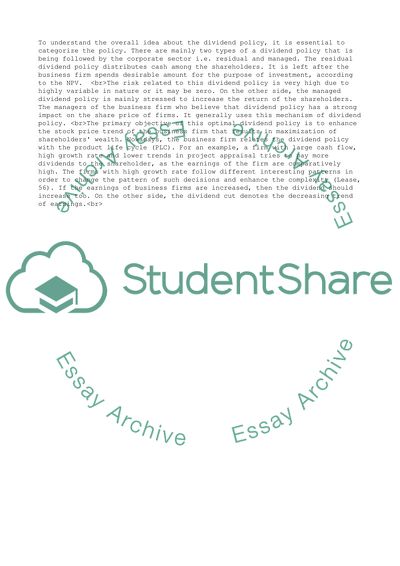Cite this document
(“Impact of Dividend Policy on Share Price Research Paper”, n.d.)
Impact of Dividend Policy on Share Price Research Paper. Retrieved from https://studentshare.org/business/1617765-impact-of-dividend-policy-on-share-price
Impact of Dividend Policy on Share Price Research Paper. Retrieved from https://studentshare.org/business/1617765-impact-of-dividend-policy-on-share-price
(Impact of Dividend Policy on Share Price Research Paper)
Impact of Dividend Policy on Share Price Research Paper. https://studentshare.org/business/1617765-impact-of-dividend-policy-on-share-price.
Impact of Dividend Policy on Share Price Research Paper. https://studentshare.org/business/1617765-impact-of-dividend-policy-on-share-price.
“Impact of Dividend Policy on Share Price Research Paper”, n.d. https://studentshare.org/business/1617765-impact-of-dividend-policy-on-share-price.


